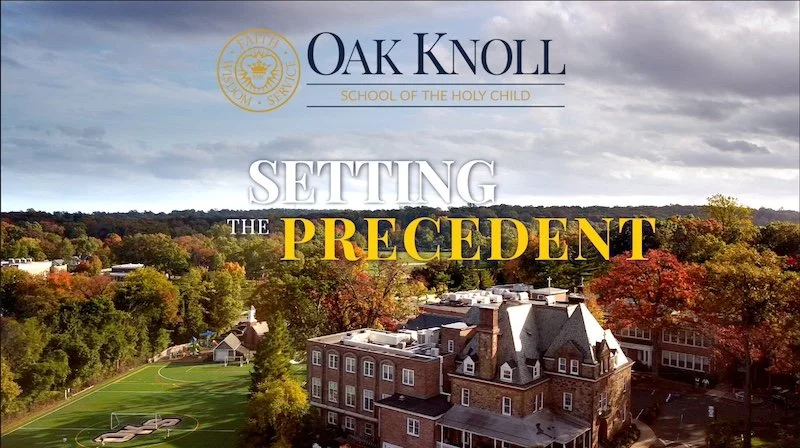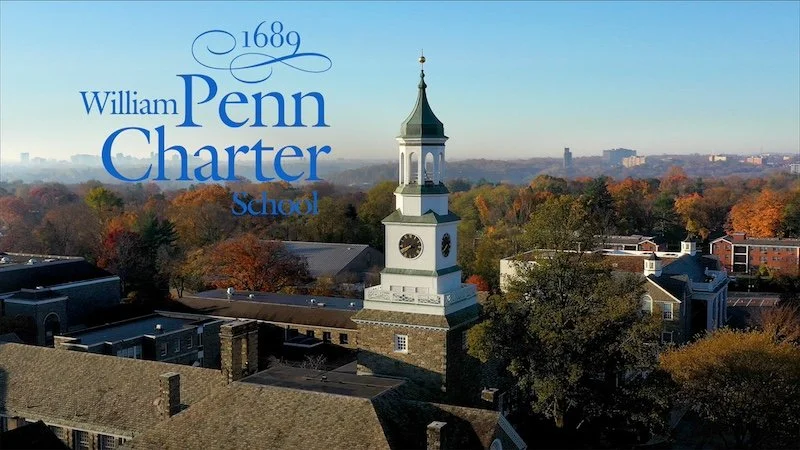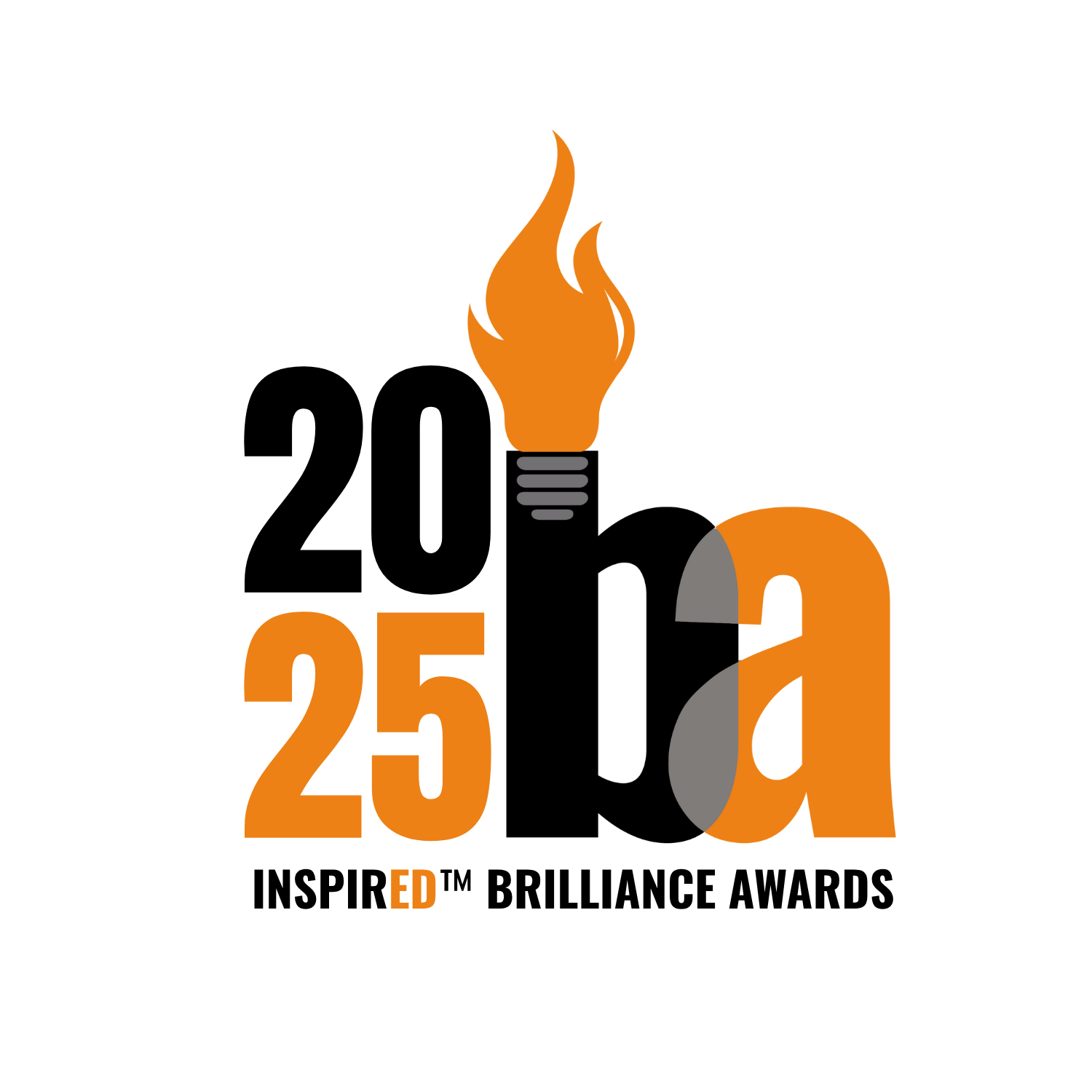Seeing Like A Bird
/“Drone imagery allows the audience to step back and see the school as part of a greater world outside of its doors, which carries a deeper meaning than meets the eye.”
Ways of seeing: Newark Academy in the early morning, then later in the afternoon at football practice.
Timing is everything.
In the summer of 2020 I noticed a consistent trait in the content in many independent school videos: imagery was captured with a drone — and it looked good. More importantly, it makes you feel good. As someone who strives to always tell stories in new ways, the timing seemed just right for me to begin this learning process of getting a camera into the air.
With the pandemic in full swing that summer, and independent schools needing to bring prospective students to campus without their ability to physically visit, the timing was right for virtual tours. We used the drone a lot that year and this exciting way of seeing has become part of the visual diversity of almost every project I do.
How can drone footage enhance the visual range of your video, make your videos better, and hold your audience’s interest? How do you plan to maximize your success on your drone shoot days? In this post we’ll answer these questions and see how drone imagery allows the audience to step back and see the school as part of a greater world outside of its doors, which carries a deeper meaning than meets the eye.
LEARNING TO FLY
“Just like a license to drive a car, your photographer or videographer is required by law to be licensed to fly a drone at your school.”
Cumulus, stratus, and cirrus clouds. Stable vs. unstable air. Ground level vs. sea level. The three ingredients for a thunderstorm?….. What airspace is campus in? How do I fly a drone over students as safely as possible?
Just like a license to drive a car, your photographer or videographer is required by law to be licensed to fly a drone at your school, and pass the FAA’s initial aeronautical knowledge exam for their remote pilot certificate. Safety is paramount when flying a drone on campus.
Learning for me is also a process of understanding what it means when we say “cinematic.” While we see the drone perhaps having its heyday in the world of today’s movies and television (and school videos), the cinematic nature of drone footage was born long before we gave a camera propellers.
Silent films from as early as 1914 used tracking shots and crane shots. Almost a half a century later, Alfred Hitchcock kept the moviegoers on the edge of their seat with the dolly zoom technique, also known as “the Vertigo effect.” I grew up watching Steven Spielberg, Spike Lee, and Martin Scorsese, all known to move the camera and lens in creative ways for dramatic impact. Today I see beautiful cinematography captured with a drone in Jane Campion’s The Power of the Dog. While film noir may be in its roots, for me the drone in school video should be nothing but uplifting and bright and doesn’t need the budget or crew of a motion picture.
INTO THE GREAT WIDE OPEN
“Just because you can fly it doesn’t mean it has to be high. Some of the most dramatic shots are only a few feet off the ground.”
I did a series of interview-based profiles about life at Oak Knoll School of the Holy Child when their community returned to a whole new way of teaching and learning in the fall of 2020. Each two to three minute movie opened and closed with at least one drone shot, which greatly enriched the visual content by showing just how beautiful the school and its setting can be. You’ll see in this video from that series that just because you can fly it doesn’t mean it has to be high. Some of the most dynamic shots are only a few feet off the ground, the drone giving us that movement of the camera for cinematic effect.
“The drone images were a way to bring dynamic visual content when we couldn’t get new material while classes were remote.”
The right music elevates the footage in this campaign piece for The Lawrenceville School, where we took the classical route. Worth noting, too, in the early days of COVID we couldn’t do interviews in person so we used voiceovers, all recorded remotely on iPhones and emailed to me then cut into the edit. The drone images were a way to bring dynamic visual content when we couldn’t get new material while classes were remote. We also repurposed the drone footage originally captured for their virtual campus tour.
Pivoting between aerial and ground coverage became the norm for how to shoot a virtual tour. Our student tour guides were often introduced within an aerial shot at a “tour stop.” Then we would cut to their dialogue in front of the camera, filming them just minutes after the shot with the drone. The aerials and interviews each had a dedicated person behind the camera: an aerial cinematographer, me as director and camera A operator, then another crew member as camera B operator.
HANDLE WITH CARE: TIPS FOR A SUCCESSFUL DRONE SHOOT
“Weather can’t be overlooked. Sunny days are normally what I like best, but can be too windy to fly. Cloudy days normally have even light and low wind.”
With timing still being everything, bookend the day with the drone flights in the warm light of morning and later afternoon. Often we need to make arrangements for students and classes to take place outside at that time of day. Use the late morning and mid-day hours for filming non-drone content for your video, such as interviews and classroom b-roll. Use the drone inside when you a have the opportunity.
Weather can’t be overlooked. Sunny days are normally what I like best, but can be too windy to fly. Cloudy days normally have even light and low wind, which allow us to get the drone up anytime during the day. Rain offers no benefits, so before the shoot day determine a cancellation or postponement policy with your videographer.
The airspace your school resides under can determine if the drone leaves the ground. Campus may sit in the radius of a nearby airport’s flight ceiling, often from the ground up, which means the videographer needs to obtain permission from the airport control tower. Airspace should be on a licensed drone operator’s radar.
Plan for still photo opportunities that arise with the drone. Photos can be captured when the drone is up in the air gathering video or they can be grabbed from the video footage in post production.
Class outside at Lawrenceville. Because it was cloudy we were able to have even light and low wind. Still photos from the drone can be equally as effective as the video footage.
FREE FALLIN’
For the sake of another Tom Petty reference, how do we create the feeling of free falling while we keep the drone up in the air? If the messaging for your videos is the gravity then the drone can move under the force of it and be used creatively and strategically to make an impact and hopefully touch, move, and inspire your audience.
Please share your ideas on how your school uses drone images and I welcome your comments and questions.
Get more brilliant ideas and brain food for your school's marketing and communications. Subscribe to our newsletter.






